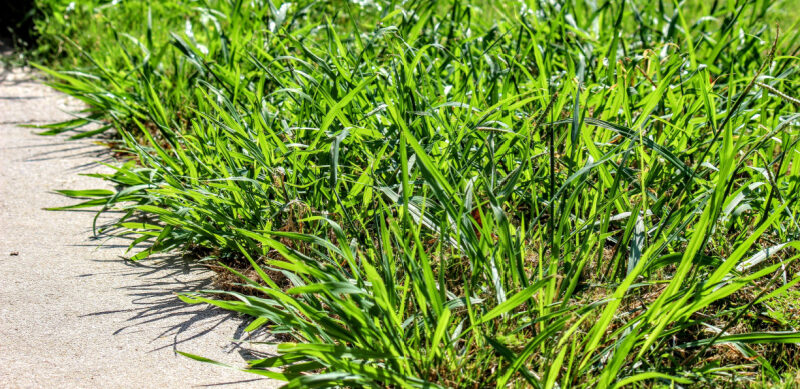Why Do I Have Crabgrass All Over My Yard?

Crabgrass can be a major headache for homeowners striving to maintain a pristine lawn. If you're finding crabgrass all over your yard, it's natural to wonder why this pesky weed is so prevalent. In this article, we delve into the reasons behind the widespread presence of crabgrass and offer strategies to tackle this common lawn care challenge.
Understanding Crabgrass and Its Proliferation
Crabgrass (Digitaria species) is an annual grassy weed known for its resilience and aggressive growth. It thrives in conditions where lawn grasses are weak or sparse, quickly filling in gaps and overtaking less vigorous areas. There are several factors that contribute to the proliferation of crabgrass in your yard:
- Soil Conditions: Crabgrass favors compacted, poorly drained, or nutrient-deficient soil. If your lawn's soil is not in optimal condition, it becomes a breeding ground for crabgrass.
- Mowing Practices: Mowing your lawn too short can stress grasses and expose the soil to more sunlight, creating an ideal environment for crabgrass seeds to germinate.
- Watering Habits: Both overwatering and underwatering can weaken your lawn, making it more susceptible to crabgrass invasion. Crabgrass prefers dry, hot conditions, so irregular watering can exacerbate the problem.
- Climate and Weather: Crabgrass seeds germinate when soil temperatures reach about 55–60 degrees Fahrenheit. In areas with warmer climates or during particularly hot and dry summers, crabgrass can become more of an issue.
- Previous Crabgrass Infestation: Each crabgrass plant can produce thousands of seeds that can remain viable in the soil for years. If crabgrass was not effectively controlled in previous years, it's likely to return with a vengeance.
Steps to Combat Crabgrass in Your Yard
1. Pre-Emergent Herbicides
Applying a pre-emergent herbicide in early spring can prevent crabgrass seeds from germinating. Timing is crucial; the application must occur before soil temperatures rise to crabgrass germination levels.
2. Proper Lawn Maintenance
Healthy, dense turf is the best defense against crabgrass. Regularly mow your lawn at the recommended height for your grass type, fertilize appropriately, and follow a consistent watering schedule.
3. Soil Care
Aerating your lawn can relieve soil compaction, and adding organic matter can improve soil health, both of which discourage crabgrass growth.
4. Post-Emergent Control
If crabgrass has already appeared, post-emergent herbicides can be effective, especially when applied while the plants are young and actively growing.
5. Manual Removal
For small areas, hand-pulling crabgrass, ensuring the removal of roots, can be an effective method of control.
Integrating Eco-Friendly Solutions
For those seeking environmentally friendly alternatives, consider natural pre-emergent products like corn gluten meal. Organic lawn care practices, such as top-dressing with compost and using organic fertilizers, can also enhance the health of your lawn, making it less hospitable to crabgrass.
In summary, crabgrass takes over yards due to a combination of factors, including soil conditions, lawn maintenance practices, and climatic factors. By understanding these elements and implementing a comprehensive lawn care strategy, you can significantly reduce the presence of crabgrass and enjoy a healthier, more resilient lawn. Get in touch today if you need professional help dealing with the frustrating issue of crabgrass all over your yard.


